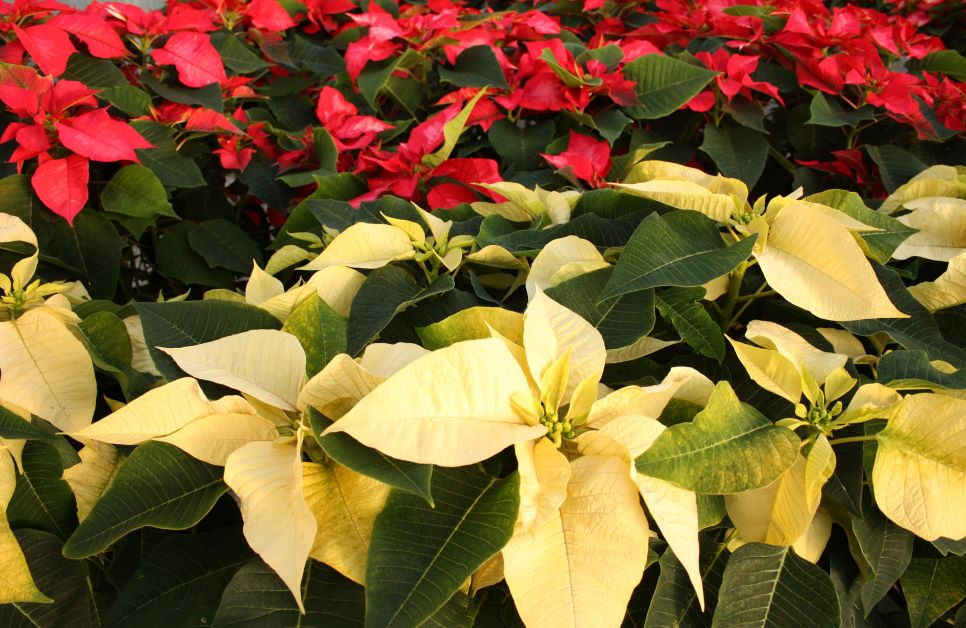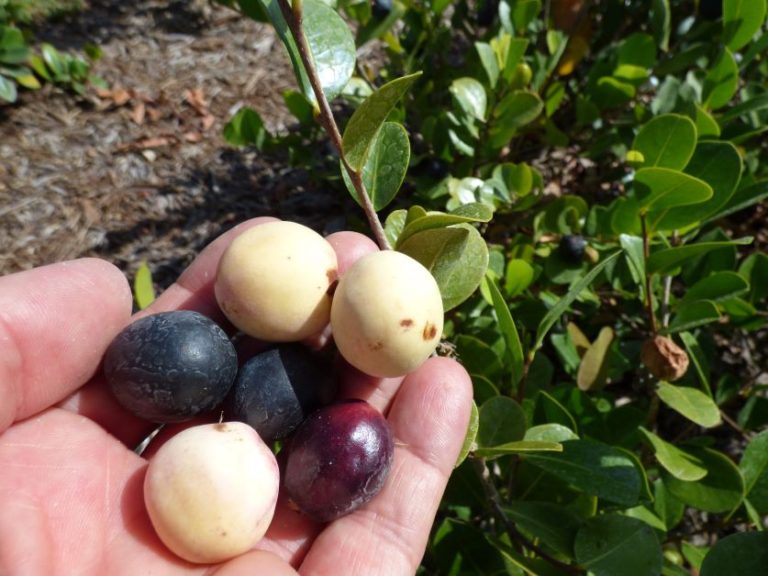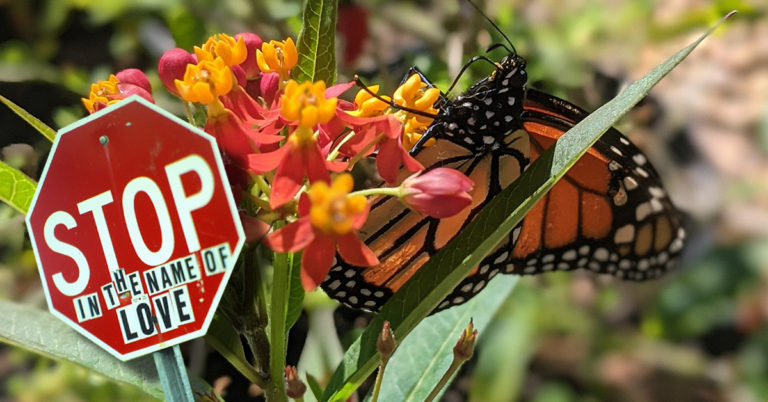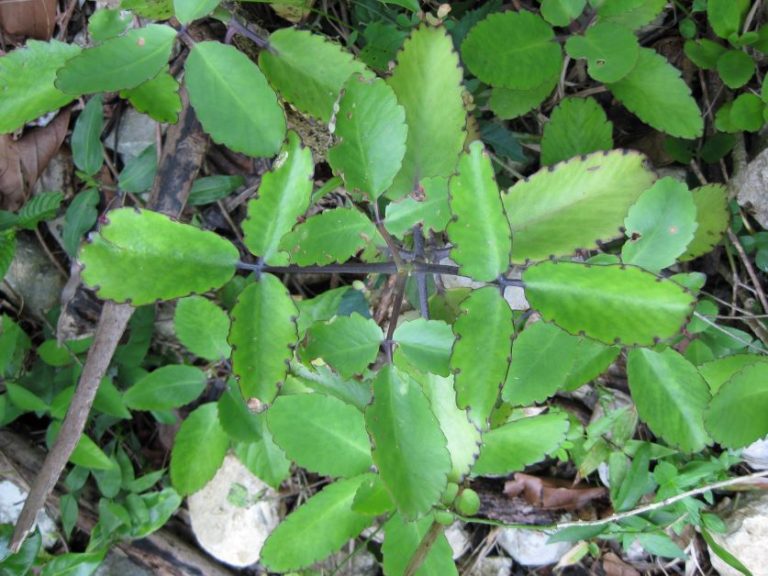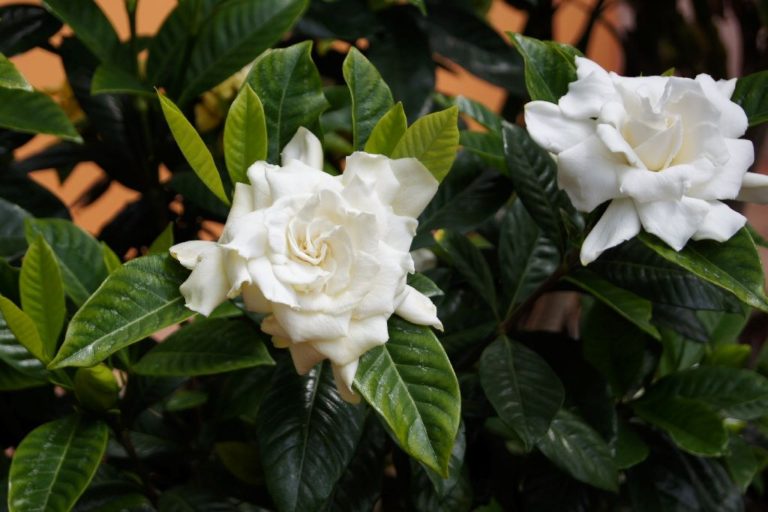Poinsettia Care Guide
Under the right conditions, poinsettias can live for years. Most of us get a poinsettia or two in November, enjoy them during the holidays, and neglect them to death come January. I’m guilty of this myself.
Let’s break the cycle. With a little know-how, it’s easy to keep poinsettias alive all year round.
Poinsettia Facts
- Poinsettias are a subtropical species native to Mexico and Central America.
- In ancient times, Aztecs used poinsettia sap to help treat fevers and other ailments.
- The red “flowers” on the poinsettias aren’t actually flowers – they’re modified leaves. This leaf formation is called a bract. The small, subtle clump of buds in the middle of the bract is the poinsettia’s flower.
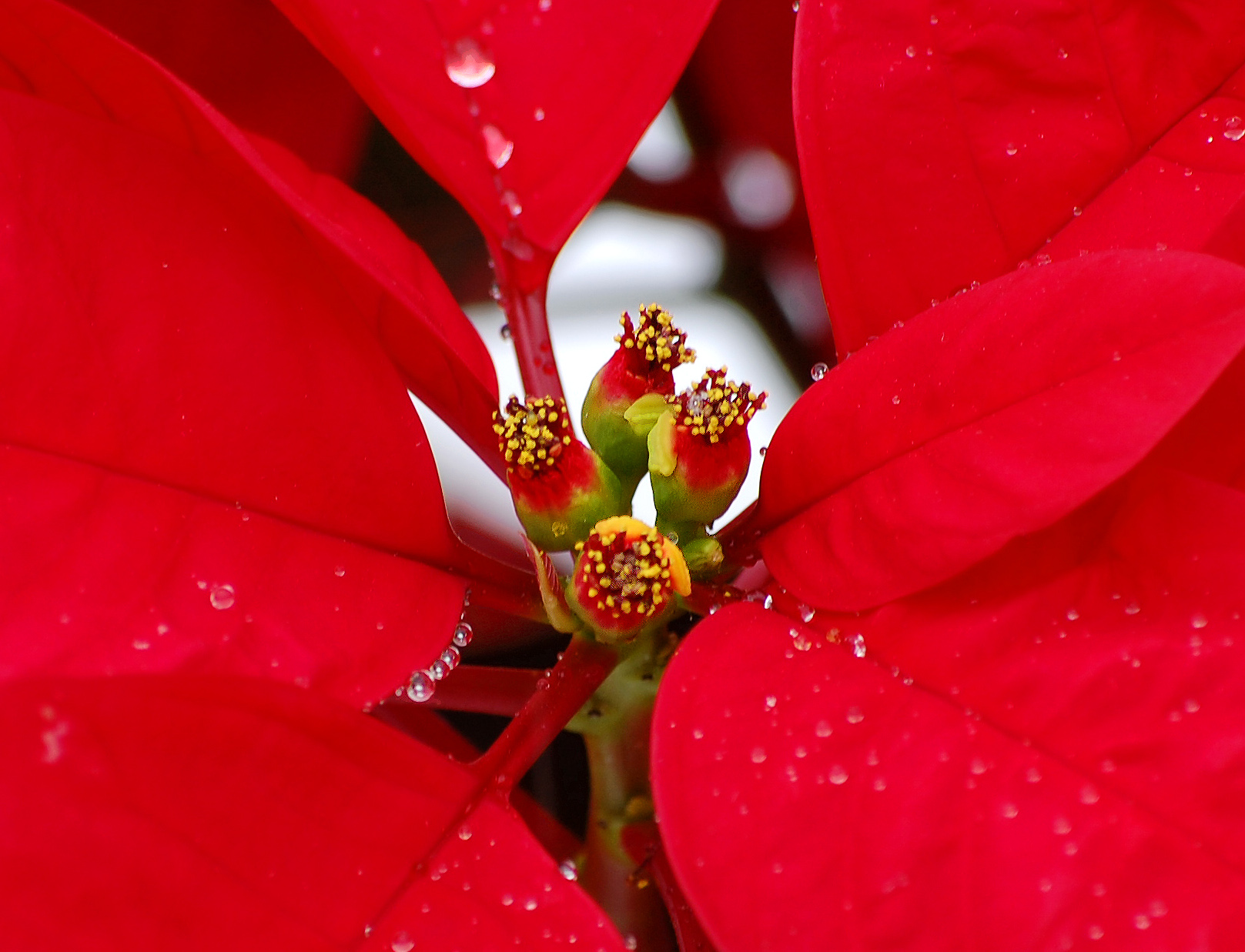 |
| Photo Credit: Sarah Hina |
- Poinsettias are the highest selling potted flowering plant in the U.S. More than 35 million are sold every year.
- The poinsettia is named after the first American ambassador to Mexico, Dr. Joel Roberts Poinsett. He introduced the poinsettia to the U.S. after sending cuttings home to his family.
- There are more than 100 varieties of poinsettias. While red and white are the most popular, they also come in pink, marbled, speckled, cream, yellow, and apricot. Some stores sell blue poinsettias, but these are actually spray-painted (not cool, and not good for the plants).
- Poinsettias grow up to 12 to 15 feet tall if grown outdoors in the right climate.
How to Pick Out the Best Poinsettia (Euphorbia pulcherrima)
It’s important to pick out a healthy poinsettia if you want it to last after the holidays.
If you live in a cold-weather climate, don’t buy a poinsettia that’s on display near the door. Tons of big box stores plop their poinsettias in the vestibule or their open-air garden center. While this might be good for sales, it’s horrible for the health of the poinsettias; they’re very cold-sensitive.
For some extra wind and cold protection, wrap your poinsettia up in a paper bag before you leave the store. Also, if you’re planning on getting your poinsettia on a full shopping day, make your poinsettia purchase your last stop. You don’t want to leave your poinsettia in a cold car for long.
Look for a poinsettia that has a lot of flower buds that are still closed. The bracts should be a uniform color (red, white, etc.). There shouldn’t be striations of green in the bracts, and the foliage should be full and healthy. Don’t choose a poinsettia with a lot of fallen leaves.
Poinsettia Growing Conditions
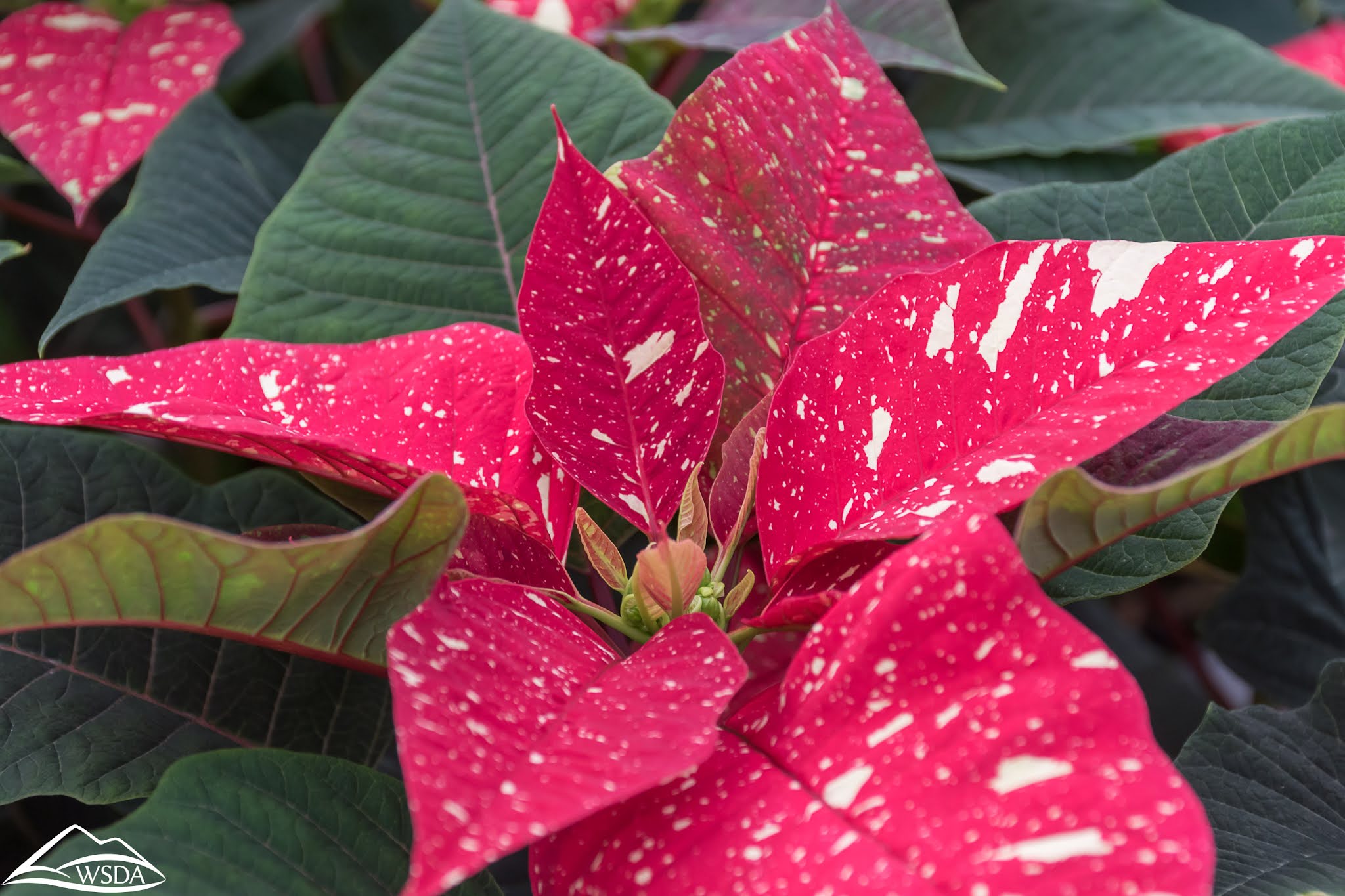 |
| Photo Credit: Washington State Department |
Temperature and Light
Since poinsettias are tropical plants, they need warm weather to thrive. Daytime temperatures should be between 70°F-75°F. Poinsettias suffer in temperatures 60°F and below.
Bright indirect light is best for a poinsettia. If you do put it next to a window, be conscious of drafts.
Water
Poinsettias aren’t incredibly picky about water. Keep the soil moist but not soggy, and don’t let your poinsettia get to the wilting stage before you water it. Once your poinsettia starts to wilt, it’s hard to bring it back to health.
You should consider removing the foil that’s surrounding the pot your poinsettia came in. Although it may be pretty, it can stop your plant from draining well. At the very least, make sure to poke holes in the foil, at the bottom of the pot. If you don’t, your poinsettia will sit in standing water.
Soil
If you want, you can leave your poinsettia in the pot it came in over the holidays. If you do decide to repot your poinsettia, standard high-quality potting mix is fine. Pick a container that’s a little bit bigger than the one your poinsettia came in to give it extra room to grow.
Fertilizer
You can skip fertilizing your poinsettia during the holidays. After they’ve bloomed and you see new growth, you can feed it all-purpose organic fertilizer per the instructions on the container. When it comes to houseplants, I prefer liquid fertilizer over granules.
Pests and Diseases
The most common diseases that afflict poinsettias are root-rot and powdery mildew. You can avoid this by not overwatering and by watering your plant at the base instead of overheard. Also, be sure that your soil and container are well-draining.
Poinsettias don’t have many pest issues. If they do, it’s usually thrips, spider mites, or fungus gnats. Spinosad is an effective, organic way to control these pests. Spraying spinosad on the leaves will kill thrips and spider mites, and adding it to your water will help kill fungus gnats.
Always spray spinosad at night to avoid harming pollinators.
Can You Grow a Poinsettia Outside?
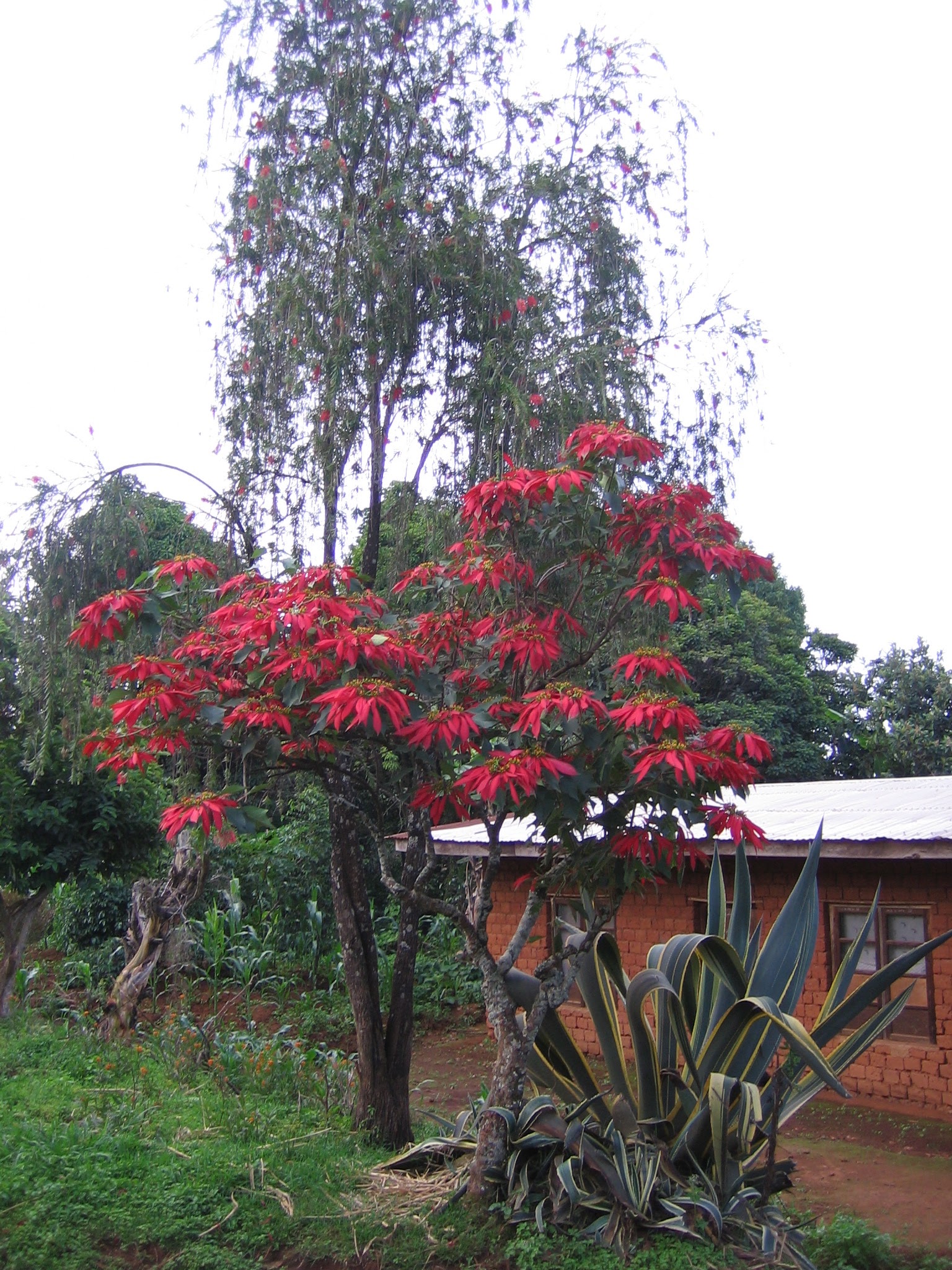 |
| Photo Credit: rbairdpccam |
How well your poinsettia does outside depends on what part of the world you live in. If you live in a subtropical or tropical climate, you can definitely transplant your poinsettia outdoors. If you do, they can grow into a small tree.
Gardeners in cool-weather climates should keep their poinsettia as a container plant. You can still put it outside during the warmer parts of the year, but you’ll need to bring it inside in fall and winter.
I live in Central Florida, zone 9B. I’ve had my poinsettia in a container outside for the last three years. I don’t give it any special care and other than watering it, I ignore it. My poinsettia is hardened off, though, so it doesn’t immediately die the very few times a year it dips it in the 30s at night. I hardened it by gradually exposing it to cooler temperatures, but I still don’t let it experience hard frosts without covering it at night.
If you decide to plant your poinsettia in the ground:
- Pick a spot that gets 4 to 5 hours of sun a day. You don’t want it to be too shady, but you do need some protection from the harshest rays.
- Dig a hole that’s deep enough to cover the roots and go an inch or two up the stem.
- Amend your soil with organic matter such as compost. You can also add peat moss or sand if needed to improve drainage.
- Plant your poinsettia in the hole and water it in.
How to Make Your Poinsettia Turn Red Again
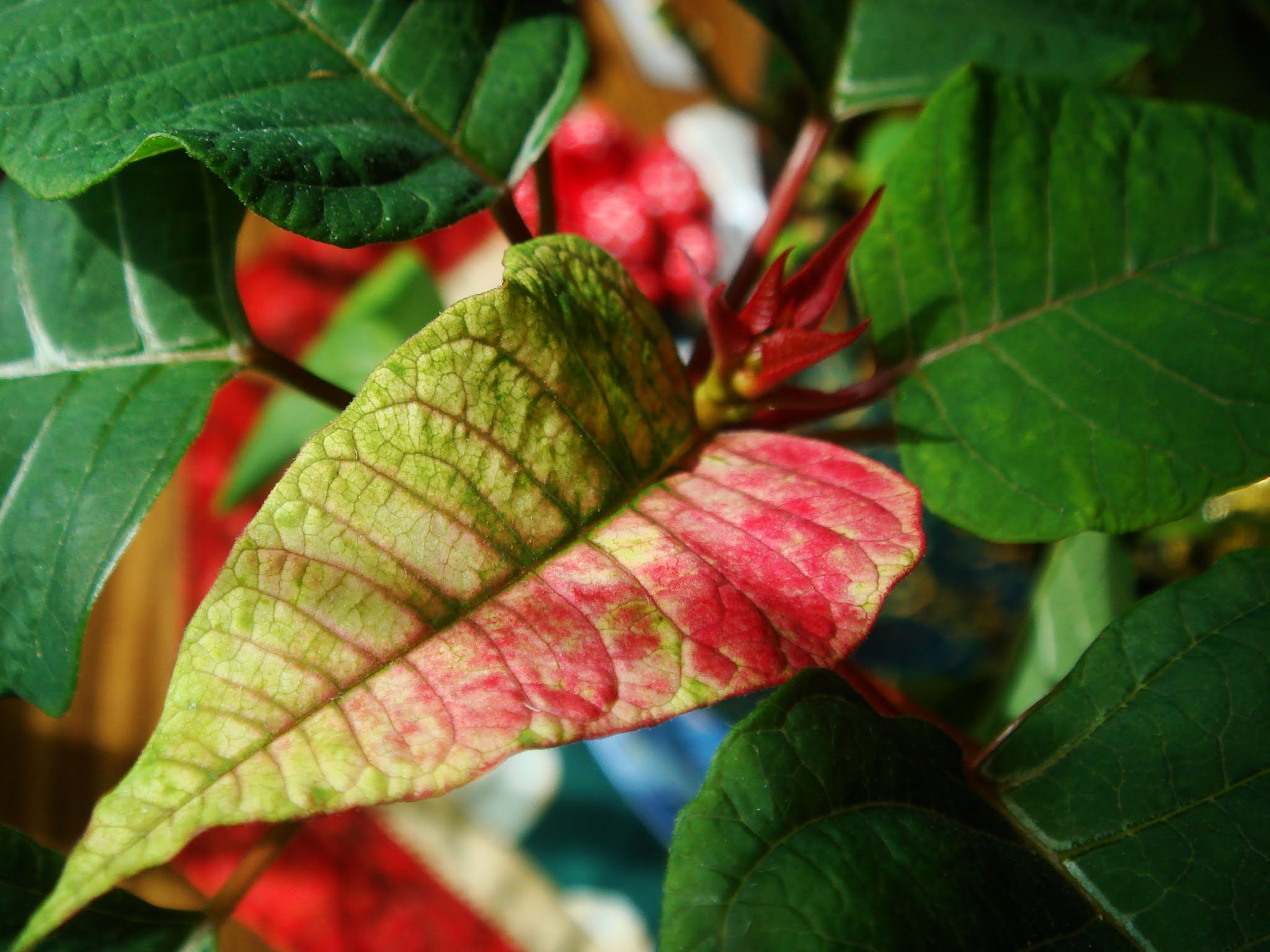 |
| Photo Credit: Chris Young |
Poinsettias are triggered into changing color by long periods of darkness at night during the fall.
Your poinsettia will go dormant after the holidays. At this stage, it looks like an ordinary, green houseplant. It needs a little less water during this time, and you don’t need to fertilize it.
In spring, you can start to water it a little more often, but take care to avoid overwatering. Feed your poinsettia all-purpose organic fertilizer and if you want to prune, this is the time to do it.
In fall, you’ll need to restrict your poinsettia’s access to light. Poinsettias need 12 hours of total darkness at night to trigger it into changing color.
If you keep your poinsettia in a container, bring it inside in the early evening and put it in a closet. If it’s in the ground outside, cover it with a tarp. Make sure they’re still getting bright light during the day.
During the light/dark cycle, you can reduce the amount of water you give it and stop fertilizing, as well.
Over time, you should notice your poinsettia starting to change color. You can stop the light cycle once the bracts have turned a uniform, vibrant color.
Are Poinsettias Poisonous?
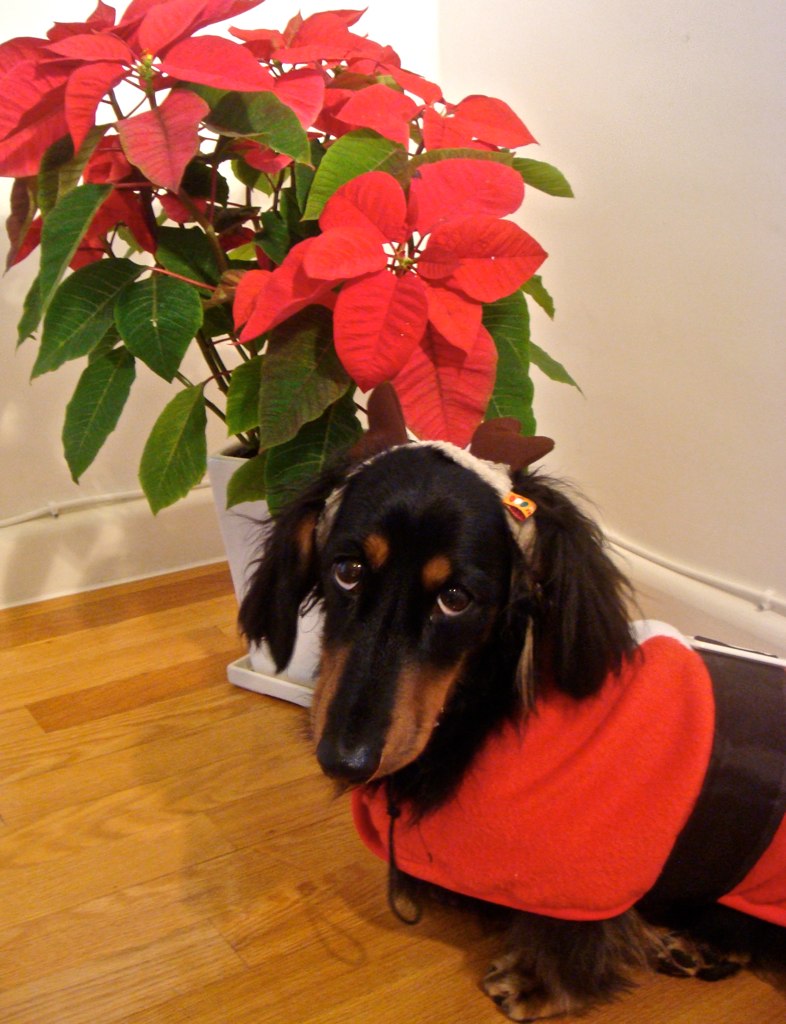 |
| Photo Credit: Emily Orpin |
You may have heard that poinsettias are extremely poisonous, especially for dogs and cats. Yes, poinsettias are poisonous to pets if ingested in large amounts, but your furry friend would have to eat a lot of poinsettia to really get sick.
Of course, don’t let your pets eat your poinsettia (or any other houseplants, for that matter), but you shouldn’t need to worry too much about keeping one inside. When in doubt, call your vet for further instruction.
It’s also worth noting that poinsettia sap causes skin irritation. If you prune or transplant your poinsettia, wear gloves and wash any affected areas with soap and water as soon as possible.
Re-cap: Tips to Help Your Poinsettias Last During Christmas
- Pick the healthiest poinsettia at the store. If you live in a cold-weather climate, choose a plant that’s furthest away from the door
- Protect your poinsettia from the cold – wrap it up in a paper bag before leaving to store to give it some protection for your walk back to the car. Don’t leave it in the car for too long.
- Make sure your poinsettia gets plenty of indoor light, but don’t keep it too close to any drafty windows or doors.
- Don’t overwater your poinsettia but don’t let it wilt, either.
- Remove the foil, or poke drainage holes in the bottom.

